simeon - MAXIKAY- Hustle - Tindeck MP3 Download
Show my bro some love.............
ogabamagaza
Monday, August 17, 2015
Thursday, March 12, 2015
Rarest GemStones
Rarest GemStones; The World Has Ever Seen
10.
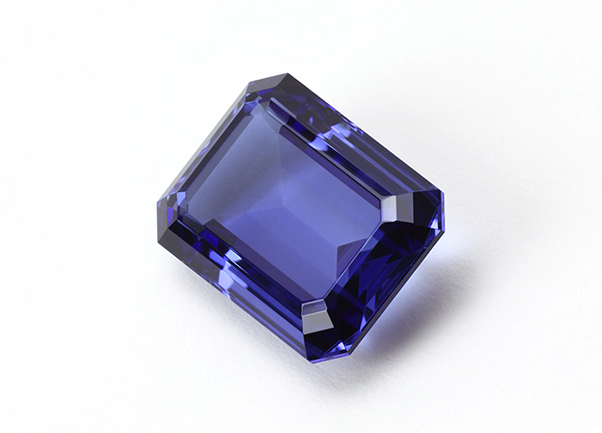
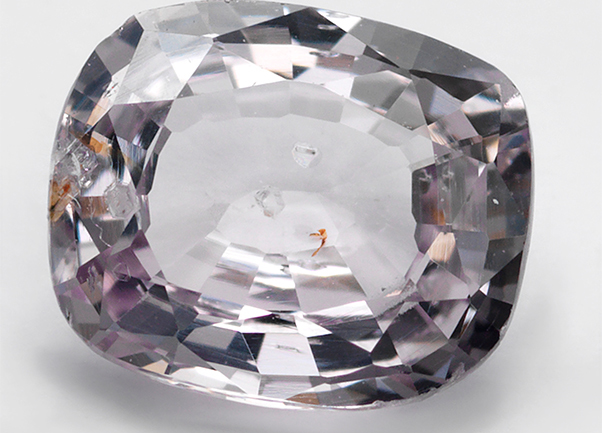

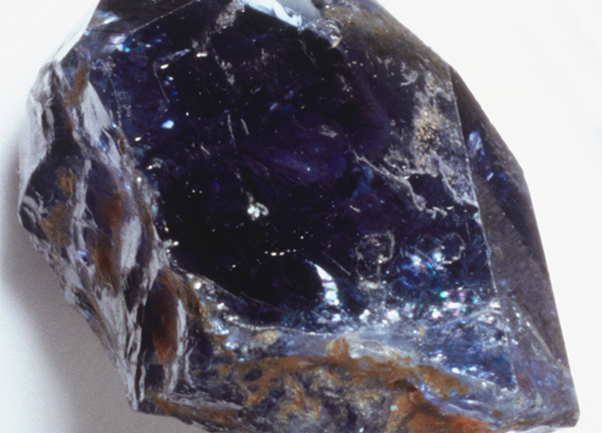

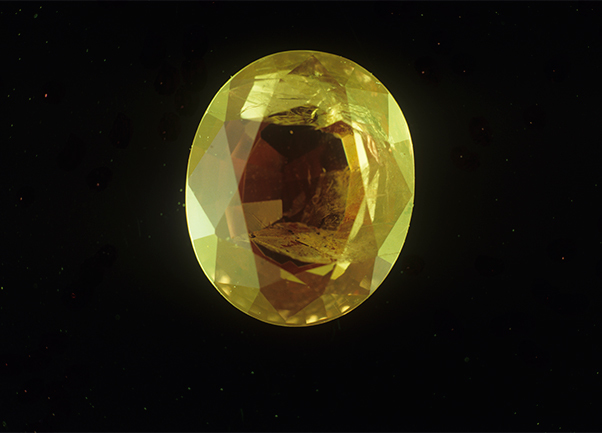
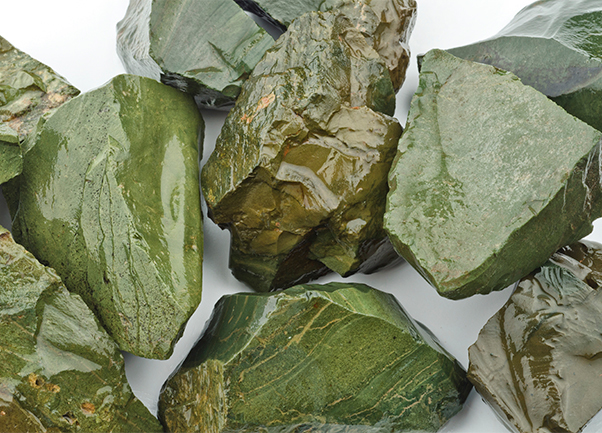
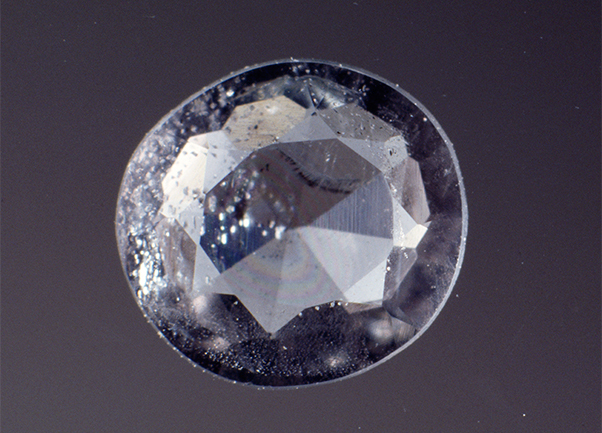
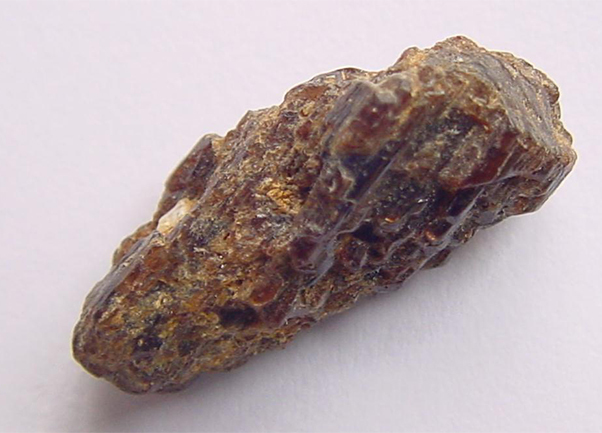
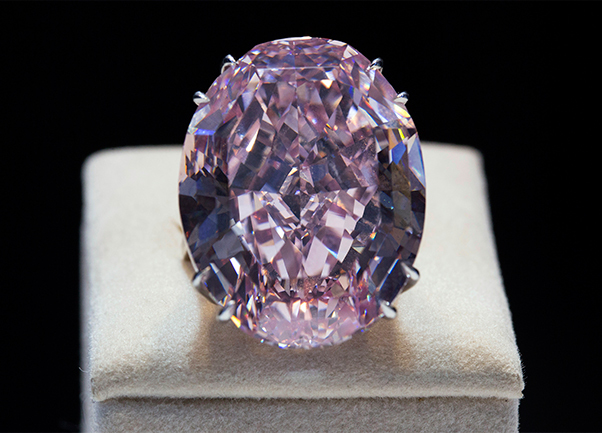
10.

Found only in the foothills of Mount Kilimanjaro, in Northern Tanzania, this blue-purple stone is another highly prized color-shifting gem.
Due to the limited availability, Tanzanite may be mined out within 20-30 years. It will doubtless become even more desirable...and valuable.
Composition: Calcium, Aluminum, Silicon, Hydrogen, Oxygen | Market Value: $600-$1,000 per carat.
9.

Taaffeite (pronounced "tar-fite") is named for Australian gemologist Richard Taaffe, who discovered a cut and polished specimen of the stone in 1945. Only a handful of these precious stones have ever been found, making them a true collector's gem.
Found in range of hues ranging from nearly colorless to lavender, mauve and violet, Taaffeite occurs in Sri Lanka and Tanzania. Other sources may be discovered, but until then, Taaffeite remains one of the rarest and most valuable gems in the world.
Composition: Magnesium, Beryllium, Aluminum, Oxygen | Market Value: $1500-$2500 per carat.
8.

The rarest type of Opal, the national gemstone of Australia, Black Opal is also the most valuable gem of its kind. Almost all available Black Opal comes from the Lightning Ridge mine in New South Wales.
The brilliant play of color, or "fire," in these dark gems, along with their relative scarcity, causes them to be worth over $2300 per carat.
Composition: Silicon, Hydrogen, Oxygen | Market Value: $2,355 per carat.
7.

Found near the San Benito River in California, Benitoite is a blue to purple gemstone first discovered in 1907. Under UV lights, it glows a brilliant chalky blue. A few specimens have been found in Arkansas and Japan, but the only commercial mine is in San Benito County, California.
In addition to being the official state gem of California, Benitoite is a coveted collectors' gem, and is also sold in jewelry, though rarely available in sizes of one carat or more.
Composition: Barium, Titanium, Silicon, Oxygen | Market Value: $3000-$4000 per carat.
6.

Also called Scarlet Emerald or bixbite, Red Beryl has only been found in Utah and New Mexico and the only commercial mine is found in the Wah Wah Mountains of Utah.
Red Beryl has been described as 1,000 times more valuable than gold: cut stones regularly sell for more than $2,000 per carat - and as much as $10,000 per carat.
Composition: Beryllium, Aluminum, Silicon, Oxygen | Market Value: $10,000 per carat.
5.

Named for Tsar Alexander II of Russia, this exceedingly rare gemstone was thought to be mined out after the original deposits, found in 1830 in Russia's Ural Mountains, were nearly exhausted.
Alexandrite is a color-changing gemstone: its hue shifts from red to green depending on the light it's exposed to.
Recent finds in Brazil, East Africa and Sri Lanka have brought this stone back on the market, but it is still one of the world's most coveted stones.
Composition: Beryllium, Aluminum, Oxygen | Market Value: $12,000 per carat.
4.

Jadeite may sound like the various semi-precious stones known informally as "jade," but this incredibly rare gem is many times more valuable. Prized most when it is colored a deep, translucent green, Jadeite is mainly found in limited quantities in Myanmar.
In 1997, Christie's auction house sold a Jadeite necklace for nearly $10 million. The highest quality "Imperial" Jadeite can sell for millions of dollars per carat when cut and polished. Sadly, many traders have passed off color-treated stones as true Jadeite.
Composition: Sodium, Aluminum, Iron, Silicon, Oxygen | Market Value: $20,000 per carat.
3.

Another precious stone in the same family as Taaffeite, this stone's color ranges from a brilliant greenish gray to purple. Musgravite was discovered in 1967 in the Musgrave Range of Southern Australia, and for many years there were only eight known specimens.
Recently, small quantities of Musgravite have been located in Greenland, Antarctica, Sri Lanka, Madagascar and Tanzania. Don't let this new "surplus" fool you, though: this incredibly hard stone is still exceedingly rare, fetching $35,000 - or more - per carat.
Composition: Magnesium, Beryllium, Aluminum, Zinc, Iron, Oxygen | Market Value: $35,000 per carat.
2.

In the 1950s, minerologist Arthur C.D. Paine encountered an unusual brownish stone in Myanmar (Burma) that turned out to be one of the planet's rarest gems. For decades, only two cut specimens were known to exist, causing the jewel to be more or less "priceless."
In recent years, a few more crystals have been found. If you're lucky enough to find one on the market, expect to pay $50,000 to $60,000 per carat for this orange- to red-brown gem.
Composition: Calcium, Zirconium, Boron, Aluminum, Oxygen | Market Value: $50,000-$60,000 per carat.
1.

Let's say you've got an extra $80 million or so burning a hole in your pocket. What would you spend it on? Would a single - admittedly beautiful - diamond ever catch your eye?
The Pink Star Diamond is a "Fancy Vivid Pink" diamond that was mined in 1999 in South Africa. Weighing in at 59.6 carats, this gem was sold by Sotheby's for a record $83 million: more than any other diamond - or any gem - ever sold.
Composition: Carbon | Market Value: $83,187,381, or about $1,395,761 per carat
Saturday, January 17, 2015
CR 7 & GF
Cristiano Ronaldo dumps model girlfriend because she snubbed his mum's surprise 60th birthday party.
Cristiano Ronaldo dumped his model girlfriend – after she apparently refused to attend a surprise birthday celebration for his mum.
The football superstar, 29, spent New Year’s Eve alone with his son when Irina Shayk decided not to attend the 60th birthday party, it was claimed today .
The couple rowed and the former Manchester United star – this week voted the best player in the world – decided to end his romance with the Russian beauty.
Her relationship with his mum Dolores Aveiro and sisters Elma and Katia was at the centre of tensions, according to reports in Portugal.
Wednesday, January 14, 2015
RUSSIA
https://fbcdn-sphotos-b-a.akamaihd.net/hphotos-ak-xap1/v/t1.0-9/q81/p280x280/10489694_895857340434300_6074360618702339313_n.jpg?oh=035e3d1b31b28c548e6aa2ad1ff31883&oe=556A47FF&__gda__=1429148270_576fddf014e1d61d534d4344835c6f3c
President Vladimir Putin of Russia rents out far east of the country to China.
Have ur say!!!
Beijing has rented 426,600 hectares of Russian territory in the Jewish Autonomous Oblast and Khabarovsk Kray for agricultural use by Chinese farmers, the Xinhua News Agency Reports, a 42 percent increase in the size of such Chinese holdings inside Russia and one likely to infuriate many Russian nationalists. In an article in “Svobodnaya pressa” today, Andrey Polunin points out that China has been renting land in Siberia and the Far East for some time. “Already at the end of 2009, President Dmitry Medvedev and Chinese President Hu Jintao approved [it within] a program of cooperation between the border regions [of the two countries] for 2009 to 2018.”
For an assessment of what Chinese farmers are doing in Russia, Polunin interviewed Valery Gurevich, the deputy head of the government of the Jewish Autonomous Oblast, and Aleksandr Aladin, a Moscow specialist on China, for their reactions to the Chinese who are now living and working inside the Russian Federation (svpressa.ru/politic/article/25865/).
Gurevich was upbeat about the program. He said Chinese farmers had been working in his oblast for almost two decades and that they current rent out about nine percent of its arable land on which they grow soy, grains, and rice and are making plans for developing animal husbandry as well.
“The Chinese,” he said, “both bring in their own technology and make use of ours.” Some of them are employed by Russian agricultural enterprises, and some work for themselves or for Chinese firs. “There hasn’t been any discussion, it goes without saying, about any handing over of land to the Chinese neighbors.”
There are currently “about 2500 Chinese” working in the Jewish Autonomous Oblast, roughly the same number as last year, Gurevich continued. And almost all of them are working on the basis of three to ten year contracts, an arrangement that ensures they are committed to developing the land and not just exploiting it.
Some of the production of the Chinese farmers is sent back to China, some is sold in the Jewish Autonomous District, and some is sent to neighboring Russian regions like Khabarovsk kray. Most Chinese farmers keep to themselves, Gurevich continued, and there is little assimilation: “At least, none of them has received [Russian] citizenship anytime recently.”
A different and more alarmist reading of this program was offered by Aladin, who extrapolated from the population imbalance between the Russian and Chinese sides of the border and from Chinese military doctrine to present the arrival of Chinese farmers as the first step toward the Chinese conquest of the Russian Far East.
All of the facts that Aladin pts forward – ranging from demographic statistics to military doctrine to Chinese shipbuilding and civil defense facilities – are true, but the interpretations he gives them prompt Polunin to suggest that his conclusions about Chinese plans verge on the “fantastic.”
This exchange is typical of the way this issue is discussed: Most officials in Siberia and the Far East are not unhappy with the presence of the Chinese. Given ethnic Russian outmigration and demographic decline, they are glad to have the labor force the Chinese provide and even the cross border relations they promote.
But a large number of commentators in Moscow and other cities in European Russia are inclined to make arguments like the one Aladin advances, extrapolating from what are very real Chinese statements and actions to often apocalyptic conclusions about a Chinese land grab in Russia.
Unfortunately, it is often the case that it is the comments of the latter rather than the experience of the former that define the way Russian officials at the center and especially Russian nationalist groups think about this issue, a pattern that seems likely to continue and one that makes the relatively rare comments of local officials like Gurevich especially useful.
Monday, January 12, 2015
FiFa Ballon d'Or 2014 Winner CR7
http://www.vipleague.is/football/276205/1/fifa-ballon-d'or-award-ceremony-2014-live-stream-online.html
Friday, January 9, 2015
Subscribe to:
Comments (Atom)

.jpg)
